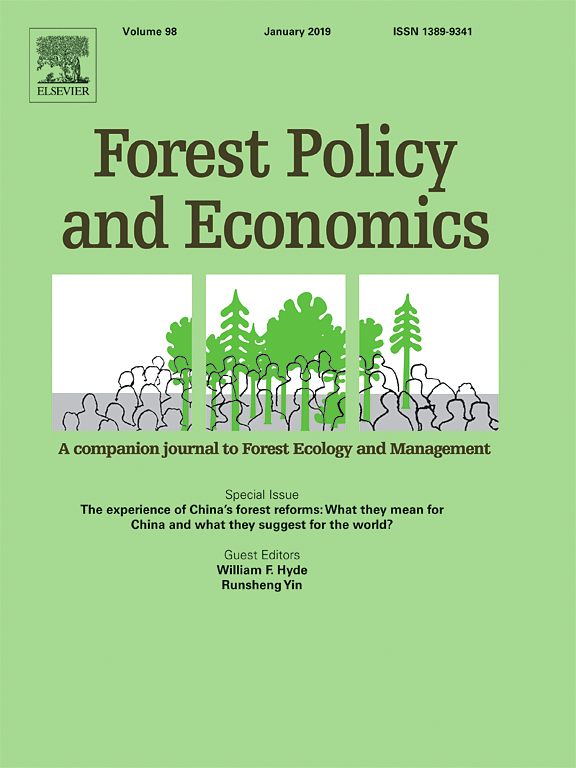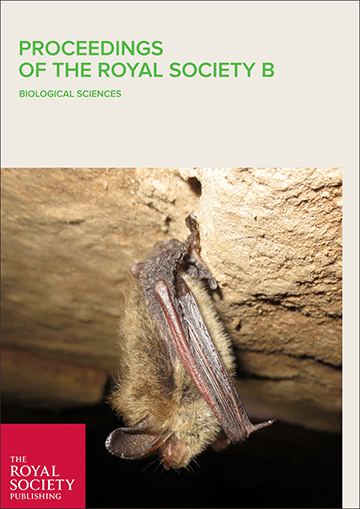Key messages
- In response to community campaigns and NGO activism, Indonesia's reforms in the forestry sector have incrementally and cumulatively expanded communities' rights to forest resources over the last three decades.
- This has been matched by an expansion in the range of relevant public actors in rights allocation, from forest authorities and affected communities to district governments, NGOs, courts of law and other government agencies.
- The most widely implemented forest tenure reforms are the social forestry schemes where communities are legally granted use and management rights to protection and production forest zones owned by the government. These schemes include: HKm (hutan kemasyarakatan/community forest), HTR (hutan tanaman rakyat/community plantation forest), and HD (hutan desa/village forest). In protection forests, communities are constrained from harvesting timber but are permitted to collect non-timber forest products (NTFPs), while in production zones, participating communities are permitted to grow timber trees and to harvest them.
- The process of obtaining licenses for these different schemes is complex and fragmented. It involves up to five sets of actors at national and subnational levels who handle different parts of the licensing process. The official licensing process is very slow - it takes 2 to 3 years. Between 2010 and 2014, only 320,000 ha area was granted to local communities, which is less than 15% of the 2.75 million ha target set by the Ministry of Environment and Forestry (MOEF) for that period. The MOEF is currently streamlining the process, reducing the steps and technical requirements and the process is expected to take less than a year if there are no complications. Still, communities are pressing for full rights, rather than the partial rights they currently have under these schemes.
- The key challenges that face reform implementation at the community level include: limited community capacity in securing, exercising and defending rights; small budget allocation for the permit obtaining process; and suboptimal benefits from land and forest management due to low access to information, finances, technology and markets. Government staff lack social mobilization and conflict resolution skills and the mind-sets that reflect a paradigm shift in forest management towards greater collaboration, lack of coordination and dialogue between government and NGOs. There is also a lack of integration of the Forest Management Unit (FMU), a government agency, into the social forestry regulations.
- Local leadership is an important factor in the success of social forestry schemes: the genuine interest and commitment of community leaders has helped to advance reform implementation.
- New initiatives that expand community rights are also underway. Constitutional Court Ruling 35 of 2013 recognized the rights of customary communities over their traditional territories.
- The MOEF's mid-term plan (2015-2019) seeks to allocate 12.7 million ha of forestland to local communities. Achievement of this commitment will face similar challenges to those countered in implementing the social forestry schemes.
Download:
DOI:
https://doi.org/10.17528/cifor/006333Altmetric score:
Dimensions Citation Count:
Publication year
2017
Authors
Banjade, M.R.; Herawati, T.; Liswanti, N.; Mwangi, E.
Language
English
Keywords
tenure, community forestry, logging, forest management, social forestry
Geographic
Indonesia
























